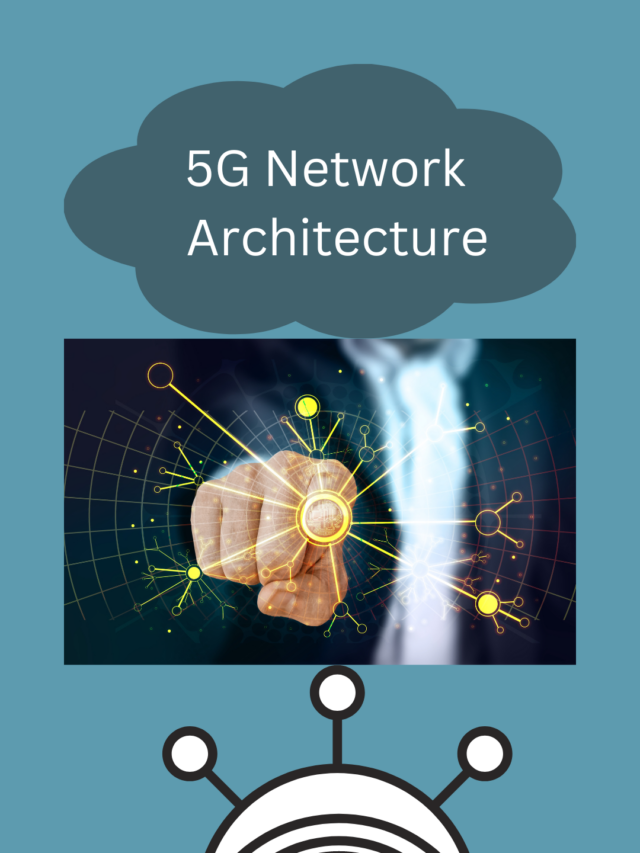Introduction
We need to understand the paramount importance of robust 5G security measures in the era of 5G connectivity. As businesses and individuals embrace the potential of this transformative technology, it is crucial to address the inherent security considerations to protect sensitive data, ensure privacy, and safeguard against emerging threats. In this article, we delve into the intricate security architecture of 5G and present a comprehensive approach to fortify its defences.
Unveiling the Security Architecture of 5G
5G networks bring about a paradigm shift in connectivity, enabling faster speeds, lower latency, and greater device density. However, to fully leverage the benefits of this technology, it is imperative to understand its security architecture. 5G incorporates multiple layers of protection to ensure end-to-end security, encompassing network infrastructure, user equipment, and the applications that utilize the network.
1. Network Infrastructure Security
The foundation of 5G security lies in its robust network infrastructure. It adopts a multi-layered approach to safeguard against various vulnerabilities and threats. Advanced encryption algorithms, such as Elliptic Curve Cryptography (ECC) and Advanced Encryption Standard (AES), are employed to secure data transmission and prevent unauthorized access. Moreover, the use of secure protocols, such as IPsec (Internet Protocol Security) and Transport Layer Security (TLS), fortify the communication channels and protect against eavesdropping and data tampering.
2. User Equipment Security
To ensure end-to-end security, 5G networks pay significant attention to user equipment security. Authentication mechanisms, including Subscriber Identity Module (SIM) cards and biometric authentication, verify the identity of users and devices, mitigating the risks associated with unauthorized access. Additionally, device manufacturers implement secure boot processes and Trusted Execution Environments (TEEs) to protect against tampering and ensure the integrity of the user equipment.
3. Application Security
With the proliferation of 5G-enabled applications, it becomes crucial to address security considerations at the application layer. Secure coding practices, such as input validation and output encoding, are paramount to mitigate vulnerabilities like cross-site scripting (XSS) and SQL injection attacks. Regular security audits and penetration testing help identify and rectify potential weaknesses, providing an added layer of protection for the applications leveraging 5G networks.
Mitigating Emerging Threats in the 5G Landscape
While 5G networks offer unparalleled opportunities, they also present new challenges in the cyber security landscape. It is vital to stay ahead of emerging threats and adapt security measures accordingly. Let’s explore some of the key strategies to combat these threats.
1. Zero Trust Architecture
Implementing a Zero Trust Architecture is paramount in the 5G era. This approach assumes that no user or device should be inherently trusted, irrespective of their location within the network. By enforcing strict identity verification and continuous monitoring, this architecture provides granular access control and mitigates the risks associated with compromised devices or malicious actors within the network.
2. Network Slicing
Network slicing enables the creation of virtualized and isolated network segments, catering to specific requirements such as low latency or high bandwidth. By segregating traffic and applying tailored security policies to each slice, potential attacks and unauthorized access are contained, limiting the impact on the overall network and protecting sensitive data.
3. Threat Intelligence and Machine Learning
Leveraging the power of threat intelligence and machine learning algorithms empowers 5G networks to proactively detect and mitigate evolving threats. By analyzing vast amounts of data and identifying patterns indicative of malicious activities, these technologies enable rapid response and enhance the overall security posture.
Conclusion
As 5G continues to revolutionize connectivity, ensuring robust security measures becomes paramount. We advocate for a comprehensive approach to 5G security, encompassing network infrastructure, user equipment, and applications. By leveraging advanced encryption, authentication mechanisms, and proactive threat mitigation strategies, we fortify the 5G ecosystem and protect against emerging threats. Embrace the power of 5G with confidence, knowing that your data and privacy are safeguarded by cutting-edge security measures.

